Adventurous, this is what you feel when you go to The Annapurna Base Camp in Nepal.
| Trip Code : NTE-123 | Trip Duration : 10 Days |
| Trip Level : Strenuous | |
Trip Highlights
- Impressive sunrise views from Poon Hill
- Enjoy excellent views of the majestic Machhapuchhre along with Mt. Hiunchuli, Annapurna South, Annapurna I, Annapurna III, Gandharvachuli and Gangapurna from Machhapuchhre base camp.
- Overnight at Annapurna Base Camp
- Spectacular mountain and glacier views from Annapurna Base Camp
- Natural bath in hot springs at Ghorepani.
Trip Information
Adventurous, this is what you feel when you go to The Annapurna Base Camp in Nepal. Annapurna Base Camp is filled with iconic snow-capped mountains, evergreen forests, rich cultural diversity, and a wide spectrum that travels from lush countryside farmlands to pretty villages along with their resident women folk humming romantic tunes is really amazing. Trekking in-between the stunning Mt Hiunchuli and Machhapuchhre, hiking through deep gorges, dense forests of bamboo, and rhododendron. The attractive landscape that we see by following the wild Modi Khola will surely provide the best of Mother Nature.
The geographically beautiful Annapurna region offers magnificent views of the Himalayas such as; Annapurna South, Annapurna I, Gangapurna, Hiunchuli, Annapurna III, Machhapuchhre (Fishtail), and other stunning snow-capped peaks. Annapurna Base Camp is home to diverse ethnic communities; Magar, Gurung, and Thakali. During the Annapurna Base Camp trek, we will get an opportunity to explore their interesting cultures and experience their way of life, which makes this journey really awe-inspiring. Their warm hospitality makes visiting their villages during the trek worth it. The setting of the Annapurna Base Camp at the summit of 4130m is unique and incredibly spectacular. During our adventurous trail, we can visit Poon Hill, one of the best viewpoints to catch an outstanding sunrise and mountain vistas. Visibility of the Annapurna Range, Mount Dhaulagiri, Machhapuchhre and the butterfly peaks in the far western part from the summit of Poon Hill is really amazing. Finding yourself in the secluded Annapurna Base Camp at a height of 8091m with 360-degrees of stunning mountain view is incredibly beautiful that is beyond imagination. Enjoying bathing in the natural hot springs and spiritually cleaning or ease one’s pains and aches of the body near Jhinu Danda contributes to making an unforgettable mountain experience for enthusiast trekkers.
This classical and legendary trek to the Annapurna Base Camp goes through spectacular and tranquil landscapes, various charming ethnic settlements, lush green rhododendron, bamboo and alpine forests with the beautiful Himalayas on the background is really one of the best mountains treks throughout the globe.
Note:- Above mention information is just the guideline and a standard template of what we provide. The trip can be customized at your request to accommodate your specific requirements.
Trip Itinerary
Day 01 - Kathmandu Sightseeing
- Early morning breakfast.
- Halfday World Heritage Cultural Tour.
- A brief explanation about the further trek. (Afternoon trek briefing and trek gear distribution.)
- Putting all the essential things in the bag.
- Stay overnight at the hotel.
Day 02 - Fly to Pokhara (827m/2,700ft), trek to Ghandruk (1940m/6360 ft): 30 minutes flight, 5 - 6 hours trek
- Morning breakfast.
- Take an early morning flight to Pokhara,
- Catch great areal views of the Himalayas during flight.
- Drive to Naya Pul (1 hour and 20 minutes)
- Begins the trek from Birethanti to Ghandruk, a beautiful Gurung village.
- Visit the Gurung museum.
- Dinner
- Stay overnight in Ghandruk
Day 03 - Ghandruk to Chhomrong (2170m/7120ft): 5 - 6 hours
- Morning breakfast.
- Climb up for around an hour up to Kimrungdanda.
- Enjoy great views of Annapurna South, Hiunchuli, Fishtail Mountain (Machhapuchhre) and Ganggapurna.
- A steep descent takes us to the Kimrong Khola.
- After another steep ascent from Kimrong Khola to Chere Danda,
- Descend for a while and then it’s a gentle walk to Chhomrong, a beautiful village located on the lap of the giant Annapurna massive.
- Dinner
- Overnight in Chhomrong.
Day 04 - Chhomrong to Bamboo (2310m/7578ft): 4 - 5 hours
- Morning breakfast.
- Descend via 2500 stone steps and cross the bridge above Chhomrong Khola.
- Continue uphill climb to Sinuwa.
- Trek downhill through a beautiful forest to Kuldihar.
- Dinner
- Stay overnight in Bamboo.
Day 05 - Bamboo to Deurali (3230m/10,595ft): 3 - 4 hours
- Morning breakfast.
- Continue trek through a bamboo forest which is damp and cold
- Then ascend steadily with a few steep sections up to Himalaya Hotel
- Astounding views of the glacial river below.
- A steep climb up through a much drier forest to reach Hinku Cave.
- Enjoy bands of wispy waterfalls.
- Dinner
- Stay overnight in Deurali.
Day 06 - Deurali to Annapurna Base Camp (4,130m/13,545ft) via Machhapuchhre Base Camp (3700m/12135ft): 5- 6 hours
- Early morning breakfast.
- Climb gently through a river bed.
- Strenuous hike from Bagar to Machhapuchhre Base Camp
- Enjoy outstanding views of Mountain such as; Machhapuchhre, Mt. Hiunchuli, Gandharvachuli Annapurna South, Annapurna I, Annapurna III, and Gangapurna from Machhapuchhre base camp.
- Get sensational views of the near-vertical south face of Annapurna towering above us.
- The sanctuary boasts of a dynamic view without anything impeding the 360-degree panorama.
- Get mesmerizing views of the Machhapuchhre, Annapurna South, Annapurna I, Hiunchuli and other peaks from the base camp.
- Stay overnight at Annapurna Base Camp.
Day 07 - Annapurna Base Camp to Bamboo: 7 – 8 hours
- Morning Breakfast
- We retrace our steps to Bamboo from Annapurna Base Camp.
- Trek quite tough downhill trails
- Overnight in Bamboo.
- Included meals: Breakfast Lunch Dinner
Day 08 - Bamboo to Jhinu Danda (1760m/5770 ft): 5 - 6 hours
- Morning breakfast and departure
- Trek uphill to Kuldighar, and downhill trek to Chhomrong Khola.
- Descends to Jhinu Danda, enjoy the hot springs (15-20-minute downhill Tatopani)
- Overnight in Jhinu Danda.
- Included meals: Breakfast Lunch Dinner
Day 09 - Trek to Naya Pul then drive to Pokhara: 6 hours trek, 1-hour drive
- Morning breakfast and departure
- Trek to Naya Pul with amazing hill landscape of western Nepal.
- Have lunch on the way.
- Overnight in Pokhara.
- If the road construction connecting Jhinu Danda to Naya Pul is complete, driving from Jhinu Danda to Pokhara could be another option.
- Included meals: Breakfast Lunch, Dinner
Day 10 - Fly or Drive back to Kathmandu
- Morning breakfast.
- Fly back to Kathmandu in the afternoon.
- Rest in the hotel and enjoy watching pictures that were captured in the trek.
- Enjoy the day leisurely or catch up on some last-minute shopping
- Celebrate the successful completion of the trek and enjoy a farewell dinner.
- Overnight in Kathmandu
Trip Includes
Price Includes
- Airport pick up and drop off services. Transport: Kathmandu - Pokhara - Kathmandu by tourist bus, Pokhara - Nayapul & Siwai - Pokhara by public bus / shared jeep
- 2 night's hotel accommodation in Pokhara with breakfast. Guesthouse accommodation during the trek
- Full board meal arrangements during the trek (Main course: breakfast, lunch and dinner)
- 1 professional, licensed, English-speaking trekking guide. A well-experienced English-speaking assistant guide if the group size exceeds 5 people
- All applicable taxes, necessary trekking permits, Annapurna Conservation Area fees and Trekkers' Information Management System (TIMS) card
- First aid medical kit, oxymeter to check your pulse, heart rate and oxygen saturation in high altitude
- In the worst case, we will help you with all rescue and evacuation arrangements
- Unique Adventure's sleeping bag, down jacket, duffel bag & area trekking map (to be returned after the trip is over)
Price Does not Include
- Nepal visa (USD 25 for 15 days and USD 40 for 30 days)
- Your international flights to and from Nepal
- Travel insurance (for helicopter evacuation if needed during the trek
- Hotels in Kathmandu
- Porters to carry luggage (you can add a porter when booking)
- Bar and beverage bills, tea/coffee/drinking water.Personal expenses such as laundry, telephone, internet, battery charger, hot shower et
- Tips for guide, porter, driver
Trekking equipment and clothing needed for this trek
- Warm fleece hat with ears cover or balaclava.
- Sun hat and scarf to cover face.
- Good polarized sunglass (uv protector).
- Cold proof polypropylene tshirt (2/2 half and full sleeve).
- Wind proof fleece jacket and thermal down tshirt.
- waterproof shell jacket and Gore-tex jacket.
- Light weight poly-liner gloves and wool or fleece gloves(1 pair each).
- A pair of expedition mittens.(waterproof shell).
- Underwears.
- Light weight cotton pants and hiking shorts.(1 pair each)
- A pair of light and expedition thermal bottoms.
- A pair of fleece trousers and A pair of waterproof shell pants.(breathable fabric)
- A pair of socks.(Thin lightweight inner and thick warm wool hiking socks).
- Hiking shoes with spare laces.
- Light sandals/shoes for camp.
Trip Departures
The price per person for the Small group Journey is fixed as stated below. There is also the option of private and tailor made journey best suited for you, your family and friends. The discount is subjected to increase with the number of people in your group. Bigger the group better the discount so group bookings are highly encouraged.
Trip FAQ
YES, all our trips are guaranteed to run. We never cancel the trip due to not having enough participants; we can arrange the trip for one person as well as a private trip at very minimum additional cost. Please inquire about this during the time of booking.
This is a difficult thing to measure. We have seen everything from USD 20 to USD 1000 per person for guides and porters. Tipping is not required, but a small gesture of thanks to your guides and local porters. The level of the tip should reflect the level of satisfaction from and personal involvement with your guide. However, we recommend you to spend minimum 10% of your total trip cost for tipping entire local staffs, the ratio of tipping guide and porter will be given to you at the pre-trip meeting in Kathmandu before starting the trek.
Yes, there are a plenty of options and choices to extend your holiday before or after your main trip. Please inbox us [email protected] for further information.
Holiday should never be about making it to the final point quickly. Along your trek we can add days at your request with additional costs to cover guides, porters, accommodation and food. Please consult with your guide and he will update our office in Kathmandu and we can make the arrangements accordingly.
If you are in private or solo trip it would be possible as your itinerary is very flexible or if you were in group, then this option would be limited so please make sure you discuss with your group and guide and your guide will update us accordingly.
Whilst on the trek, our porter will take care of your luggage. All you need to carry is your small day bag for your personal belongings like camera, water bottle, sun cream etc.
The trip will be confirmed only when we receive the completed final booking form and 20% deposit payment. You can pay the rest of the balance when you arrive in Kathmandu by USD Cash, Credit cards (Master, Visa and American Express) any card payment requires 4% bank fee while doing the transaction, which is taken by bank itself.
There are telephones in some villages along the trekking routes of the Everest , Annapurna, Manaslu, Dhaulagiri and Kanchenjunga region from which you can make international calls. All our guides carry local sim cards both Nepal Telecom and Ncell in order to update whereabouts and situation of our every client. You may pass the number of our guide to your family for the callback or you can make a call from the guide’s mobile and pay him directly for the international call too. Also we have kept a satellite phone which has poor connection for the network of phones. Our guide’s use it during the case of emergency and also clients can use them by paying its rental fee.
Yes, we do have PAC but it is not necessarily required for the trek, which is around 5,000 m level. If someone requires oxygen cylinder then it can be hired from the guesthouses as we use the guesthouse that has facilities of oxygen cylinder. If one needs PAC we will surely provide one if required and extra charge would be applicable for it. Please note: Using oxygen in the mountain can be very expensive so please make sure you are covered with good travel insurance policies so that you can claim your emergency medical expenses.
It totally depends on level of your sickness. Once you are sick in higher altitude you need to rest at lower altitude and it at least need 3 days to a week for the recovery. If you are in private or solo trip you can discuss and decide with guide depending on your health status. If you were in a group then this option would be limited so please make sure you discuss with guide and catch up the group later on.
Our guide will see the condition of sick label then immediately take decision whether wait for a while or return back to Kathmandu also advice us to send helicopter for the rescue.
Our Company insures all our trekking staff members, including guides, cooks, Sherpa and porters. Please visit our company information page.
Our guides are 24 hours available for the services during the trek. They are trained to use first aid kit and have knowledge to use Oximeter in order to track your oxygen level just to make sure you are fit enough to continue your high altitude walk. Guides also carry local sim cards both Nepal Telecom and Ncell in order to update whereabouts and situation of our every client. During the time of emergency our guides are alert and keeps updated to head office in Kathmandu that is available 24 /7 to arranging from horse to mules or helicopters in the must needed cases especially when client is seriously sick in the mountain and needed to be hospitalized. Our guide also carry satellite phone for incase emmergency. Our guide’s use it during the case of emergency and also clients can use them by paying its rental fee.
Yes, they have all received a 45-day training from the Hotel Management and Tourism Center in Nepal. The guides have also received high altitude first aid training from KEEP (Kathmandu Environmental Education Project).
One of the most unpredictable elements of the Everest, Annapurna, Langtang, Manaslu,Kanchenjunga, Dhaulagiri region is the weather. If you’re not properly prepared for the twists, turns and volatility of the conditions that can occur in this breathtaking region, you might find yourself in an uncomfortable and unpleasant situation. Here are some weather basics to help ensure that you come to the Himalayas as well equipped and prepared to face anything. Generally speaking, the nights are much cooler than the daytime hours in the Himalayan region. Many first-time trekkers are surprised to learn about the incredible range that may occur in a given day. During the day, the thermometer could reach temps as high as 25 degrees C (77 Degrees F), only to dip down as low as -20 degrees C (-4 Degrees F) in less than 24 hours. While there’s no way to know exactly what each day in the mountains will bring, the weather and temperature ranges tend to be somewhat predictable based on the month and season.
Spring – March / April / May / June
Spring happens to be one of the best times of the year to visit the Everest, Annapurna, Langtang, Manaslu,Kanchenjunga, Dhaulagiri region, although because of this, it can become somewhat crowded. One can meet many other Everest climbers during this season and base camp is full of tents. The beautiful clear blue sky can be seen and the many different species of flower are visible in the lower altitude. During springtime, the average temperature is 20 degrees C (68 Degrees F), with a maximum of 25 degrees C (77 Degrees F), during sunny days and a minimum of -15 degrees C (5 Degrees F), in the morning and at night for areas above 4000 meters.
July / August Through Mid-September is Monsoon Season
This season is not really recommended to travel as it rains in the lower altitudes, below 3500 meters. In areas above 4000 meters, it rains sometimes and although it is also sometimes dry, very few people travel during this season. There are positive sides of trekking during the monsoon months as the excess rainfall can provide ample chance to see spectacular views of the waterfall and it’s also the best season to avoid the crowds. During springtime, the average temperature is 22 degrees C (71.6 Degrees F), with a maximum of 30 degrees C (86 Degrees F), during sunny days and a minimum of -5 degrees C (23 Degrees F), in the morning and at night for areas above 4000 meters.
Autumn – End of September / October / November
Similar to springtime, autumn in the Everest, Annapurna, Langtang, Manaslu,Kanchenjunga, Dhaulagiri region is also a crowded season, but it’s one of the best times to trek. While it lacks the beauty of flowers, the clear blue sky can be seen, affording incredible views from just about every angle. The average temperature during the fall is 17 degrees C (62.6 Degrees F), with a maximum temp of 20 degrees C (68 Degrees F), during sunny days and a minimum of -15 degrees C (5 Degrees F), in the morning and at night, for areas above 4000 meters’ altitude.
Winter- December/ January/ February
Winter start from mid-December till mid-February. People still like to trek in this month due to fewer crowds. View is still good but foggy so having extra days is highly recommended during this period. The average temperature during the winter is 10 degrees C (50 Degrees F), with a maximum temp of 17 degrees C (62.6 Degrees F), during sunny days and a minimum of -20 degrees C (-4 Degrees F), in the morning and at night, for areas above 4000 meters’ altitude. The above temperature is based on outside of the guesthouse temperature. No need to worry about the cold temperature as we provide the sleeping bag plus the extra blanket to make sure our clients are warm enough during the time of need.
Our trekking season extends from mid- September to May. From early September the monsoonal rains decrease. By end of September through to December the weather is usually stable with mild to warm days, cold nights. February, March, April, May, June, October, November, December are the best time to do trek in Nepal. From July to mid-September is raining season in Nepal.
Cancellation notice is required, minimum of 20 days prior to trip departure. If the reason is valid the Trip shall then be termed as cancelled and the cancellation charge of 30% of the trip amount would be deducted from the advance paid.
If you do not cancel your trip prior to 20 days due to whatsoever reasons, you must be aware that the trip you’ve already bought is completely non-refundable as per our terms and conditions. If you cancel the trip and need to submit a claim to your insurance company, we can help with the supporting documentation such as a receipt of advance monies paid. If your trip is cut short due to weather/illness/personal reasons, there is no refund for accommodations unused.
The trip will be confirmed only when we receive the completed final booking form and 20% deposit payment. You can pay the rest of the balance when you arrive in Kathmandu by USD Cash, Credit cards (Master, Visa and American Express) any card payment requires 4% bank fee while doing the transaction, which is taken by bank itself.
Yes, you need to book your own International flights. We are a local agent and it would cost you significantly higher to book through us.
Depending on the nature of the travel, the transportation to and from the destination varies from domestic flights to vehicule transportation to even horse rides on mules and yaks and porter. We provide you only those options, which enhance your local experience while allowing you to travel comfortably and efficiently. We use private tourist vehicles for sightseeing, city tours and pickups. Depending on the group size we use cars, minibus, big bushes, vans or alternatively 4WD SUVs, more traveling along the narrow and bumpy roads of Nepal. All the vehicles are usually air-conditioned unless we are traveling in cooler areas. For domestic flights that need to used some remore destination from Kathmandu-Lukla, Kathmandu-pokhara-Jomsom, Kathmandu - Tumling tar, Kathmandu - Teiplajung, Kathmandu- Nepaljung-Jupal, Kathmandu- Nepaljung- Simikot, Kathmandu- Nepaljung-Surkhet etc we use Sita Air, Tara Air and Summit Air -popular domestic airlines.
It depends on your spending habits. Generally, in Kathmandu, you can allocate USD 10 to USD 20 for a lunch and a dinner. USD 15 to USD 20 per person a day will be enough to buy bottles of water, chocolates, pay for the hot shower and a few drinks during the trekking. Please note, higher you go the things would be expensive especially at higher altitude; all the goods are supplied either by helicopter, horse, mules or porters therefore things are more expensive.
At the lower altitude in trekking route, the guesthouses provide the facilities of hot shower. And in rest of the places (at higher elevation), warm water in the bucket will be provided for shower. For all above showers, it would cost you extra about USD 3-4 per shower. The higher you go the hot shower would be expensive.
Bottled water is easily available at the lodges and teahouses. You can buy bottled water at the cost of USD 2 at lower elevations to USD 4 to higher elevation per liter. More higher, it would be more expensive. If you are planning to drink normal water, purifying water with any sort of purification tablets or drop is a must. One can purchase purification tablets or iodine in Kathmandu.
No problem at all because mostly, the lodges in the Everest region serve the vegetarian meals. We always recommend our clients to eat vegetarian meals to avoid the food poisoning, eating heavy meals and non- vegetarian meals at the high altitude is not really safe for the stomach.
Most teahouses (lodges) in Trekking region trails cook a delicious range of mostly vegetarian fare. Pasta, tuna bakes, noodles, potatoes, eggs, daal bhat (white rice and lentils), bread, soup, fresh vegetables (variety depends on the season) and even some desserts like apple pies, pancakes, and some interesting attempts at custard. You will find a lot of garlic on the menu because it assists with acclimatization – eat every day. In many larger villages you may find some meat items on the menu. You can always get hot chocolate, tea and hot lemon drinks, as well as soft drinks, and treats like chocolate and crisps.
Each day dinner and breakfast will be at a lodge you’ll stay at while for the lunch you would be stopping by on the way where you can order your meals as per your choice. Guide will help you to stop by at best possible places to eat.
Most of the tea houses do have western style flushing toilet however in higher elevation you could find the squat toilets made of either a ceramic basin on the ground or few planks precariously positioned over a hole in the ground which is always outside of the room.Where do we go to toilet along the trail?
Most of the tea houses do have western style flushing toilet however in higher elevation you could find the squat toilets made of either a ceramic basin on the ground or few planks precariously positioned over a hole in the ground which is always outside of the room.
We use standard rooms at three star hotels in Kathmandu with breakfast included. Along the trekking routes, teahouses/lodges generally provide basic clean facilities with a mattress and a quilt or blanket. We can also offer you Ace the Himalaya sleeping bags if needed (to be returned after the trip) but it is a good idea to always have your own sleeping equipment. The lodges in trekking routes usually provide single and double rooms, or occasionally a dormitory. At times when possible, dining will be around a bonfire. In teahouses, food will be prepared in the kitchen, which you should not enter without permission.
Please bring a copy of your travel insurance, a copy of your passport and 3 photos (passport size) with you for your trip to Nepal. You would need photos for permits.
YES, you can obtain a visa easily upon your arrival at Tribhuwan International Airport in Kathmandu. Tourist Visa with Multiple Entry for 30 days can be obtained by paying US $ 40 or equivalent foreign currency. Similarly, Tourist Visa with Multiple Entry for 90 days can be obtained by paying US $ 100.
Yes, our airport representative will be there to greet you at the airport. S/he will be displaying an Nepal Travel Expedition signboard outside the airport terminal. Upon arrival, you will be transferred to your hotel in our tourist vehicle
Tamang hetitage Trek is suitable for average people who are moderately fit. Some physical fitness programs such as running, swimming and hiking are recommended before you embark on this journey. While on the trek, it is common to experience some discomfort before being fully acclimatized. Two rules you need to remember to prevent and beat altitude mountain sickness (AMS) are: drink lots of water (at least 3 liters a day) and walk slowly.
Annapurna Base Camp Trek Reviews
Shristee Thapa - Nepal
Wednesday, 27 Jan 2021
Great Adventure.
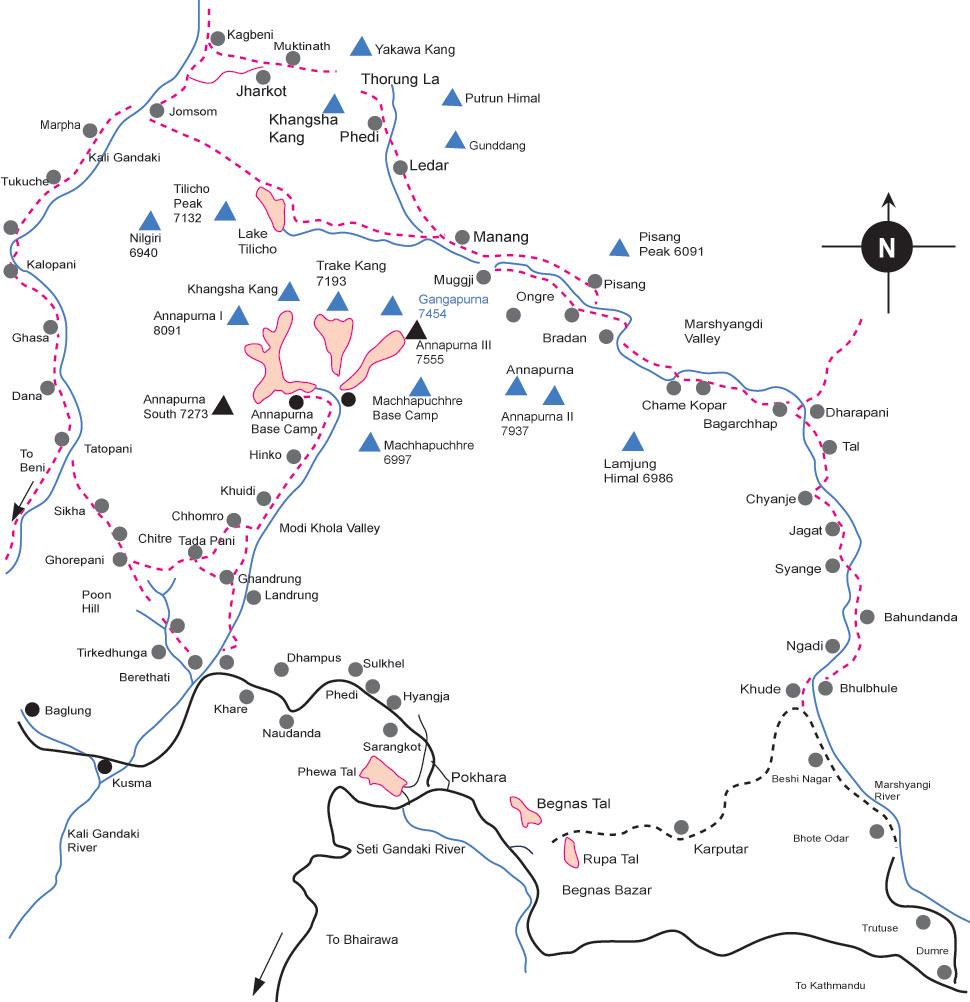
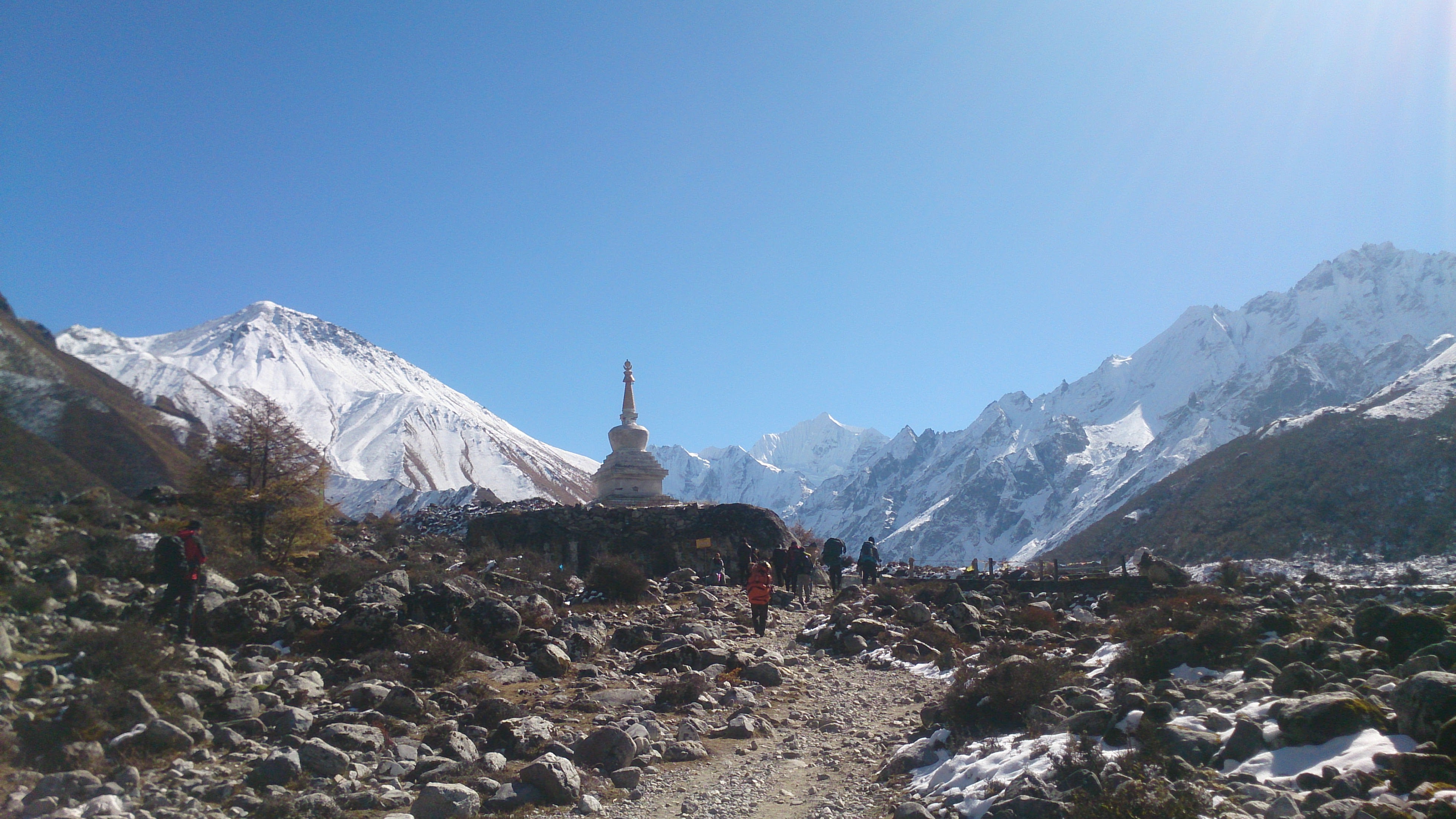
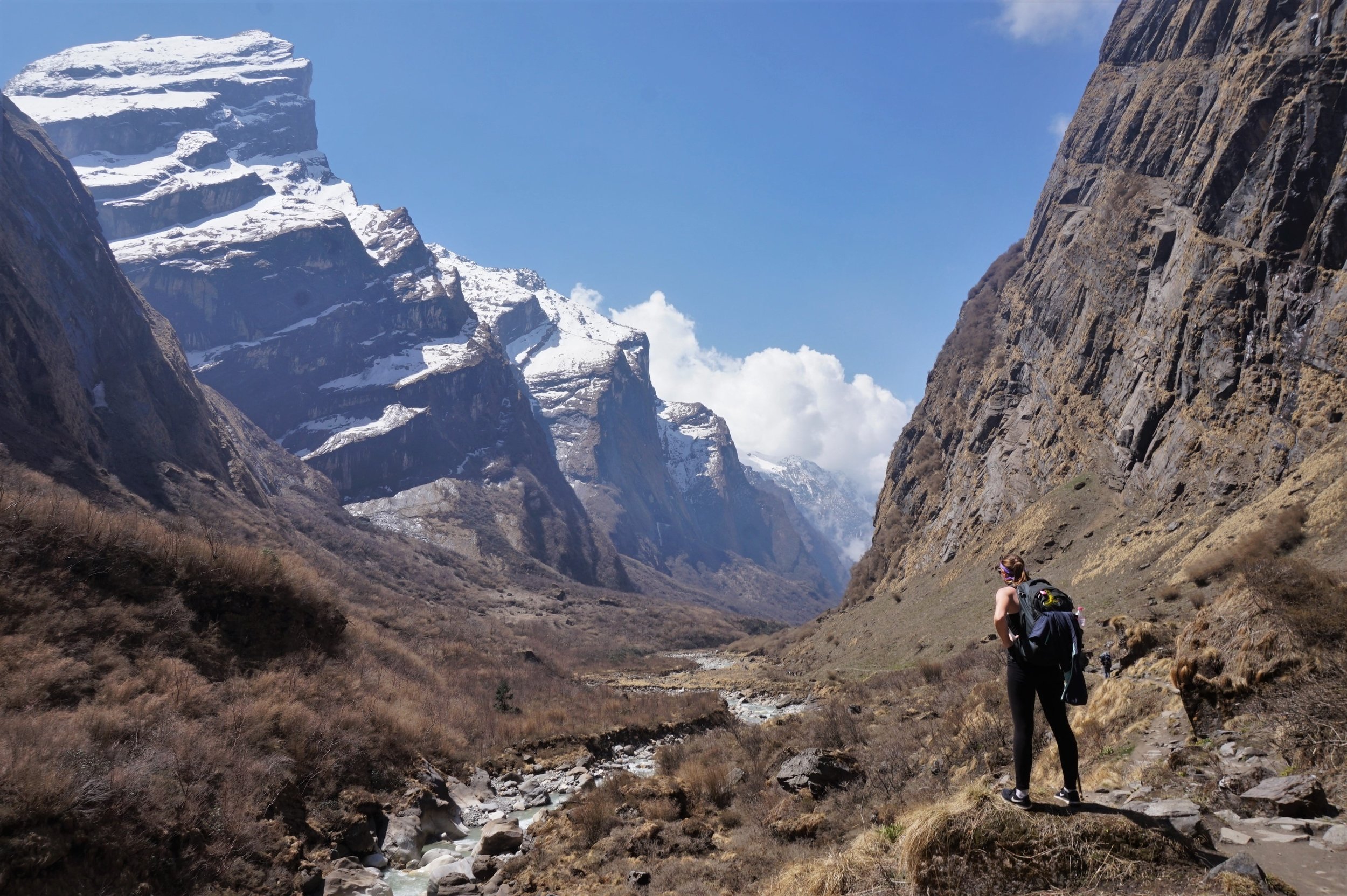


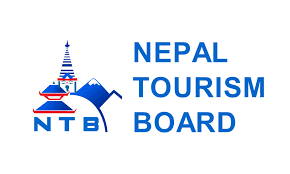
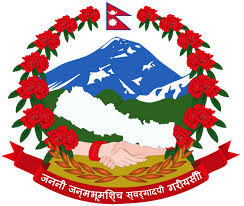

Sameer Humagain - Nepal
Wednesday, 13 Jul 2016
Mind Blowing.